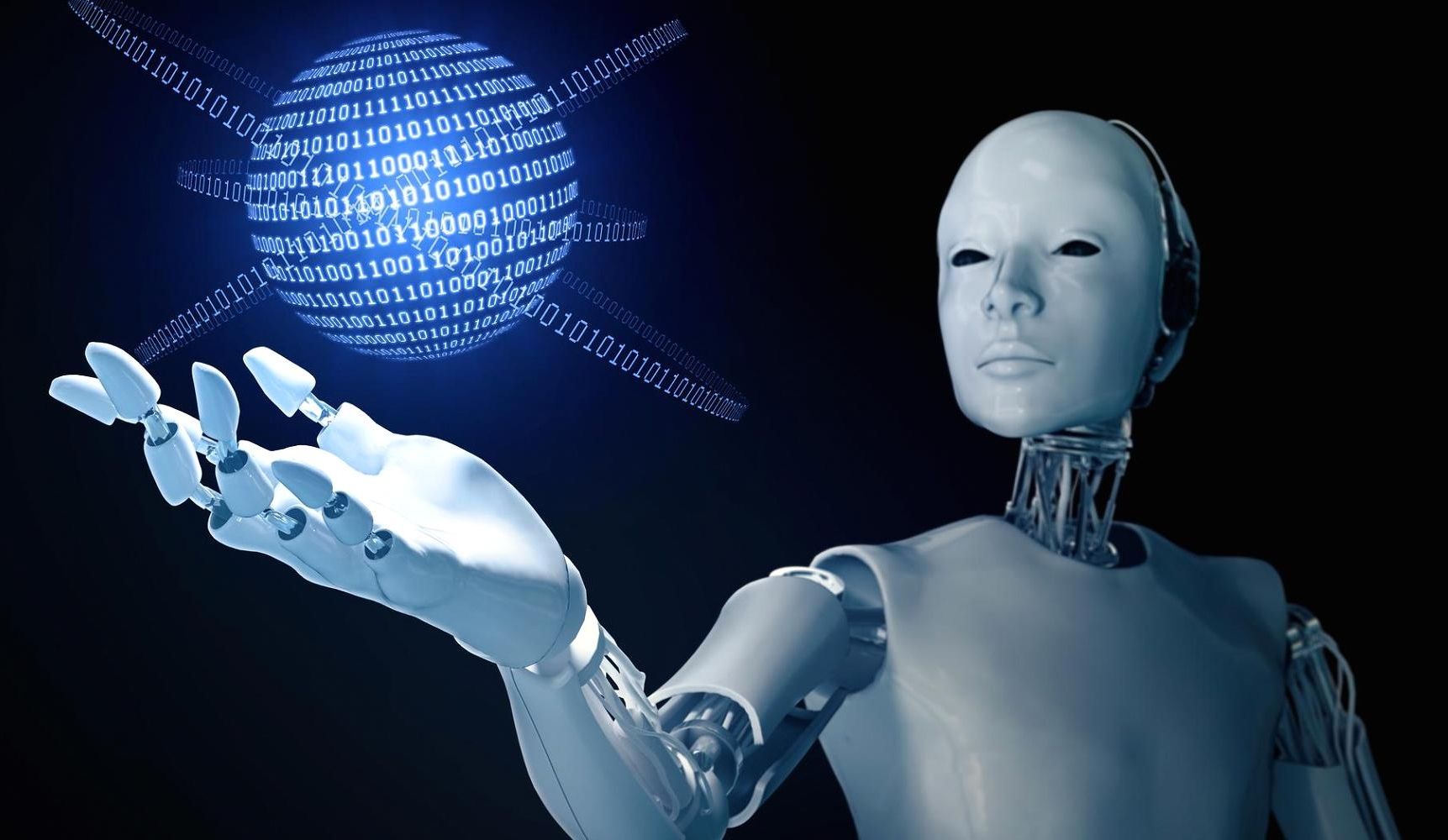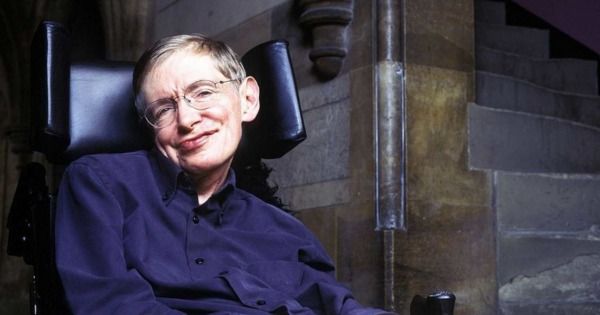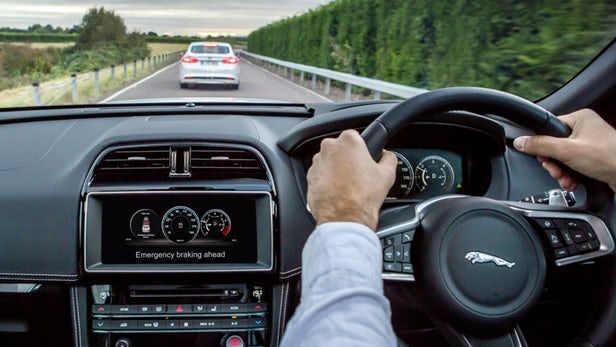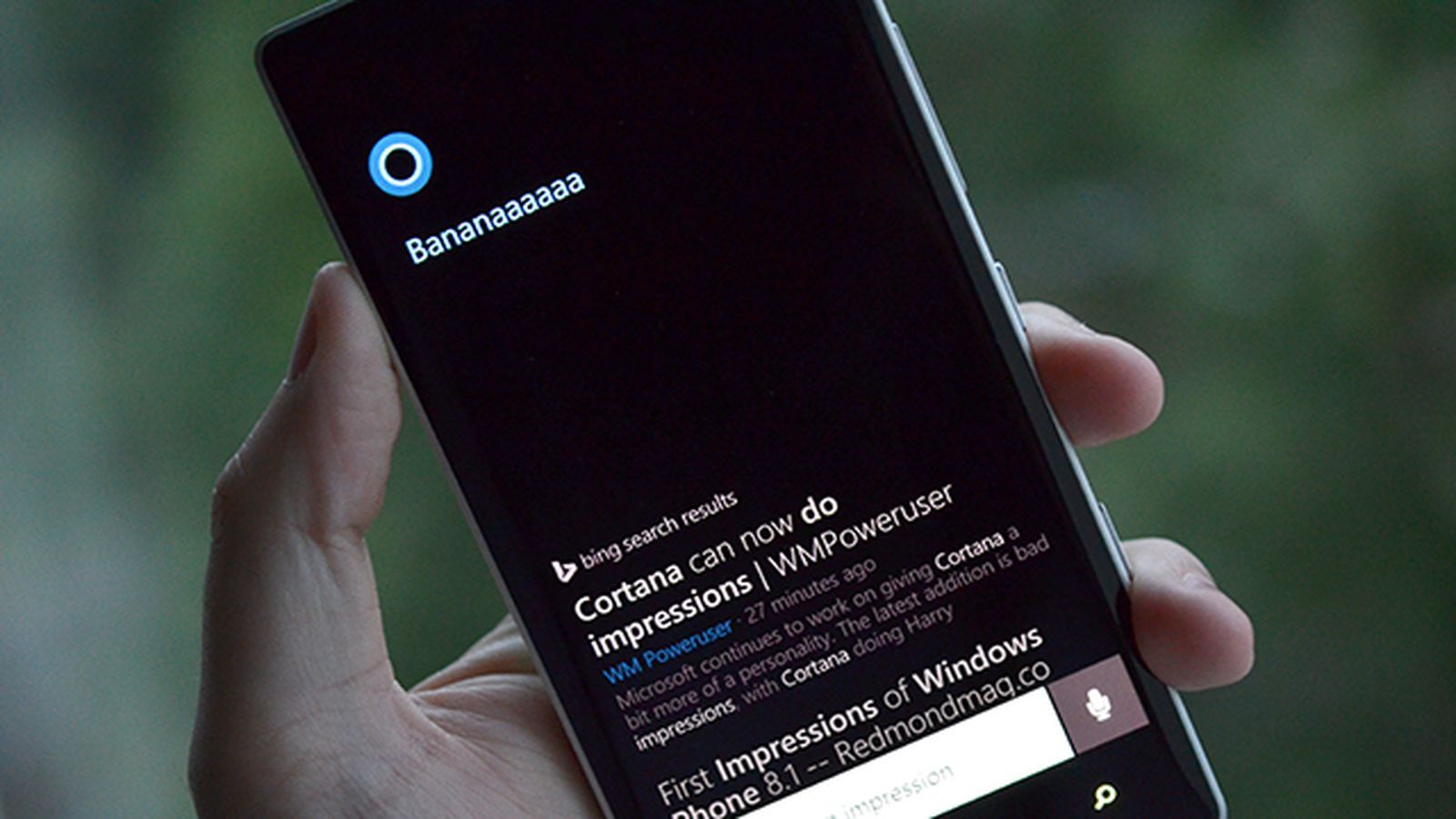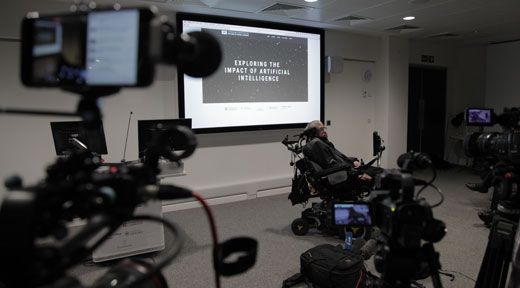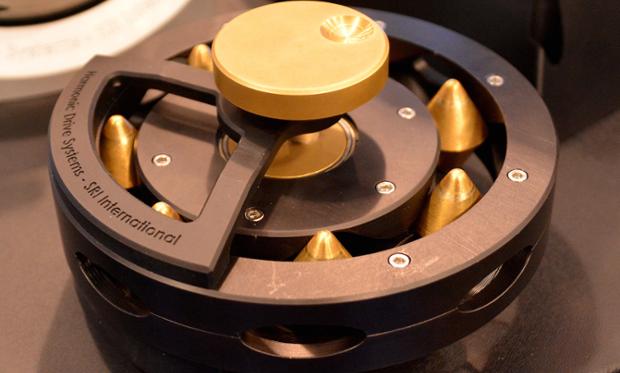I know, it doesn’t seem like there’s any possible way that a transmission system could be interesting enough that we’d dedicate an entire article (and video!) to it. But here we are: As soon as SRI explained how their new Abacus transmission worked, we were absolutely sure that it was cool enough to share. In a nutshell, here’s why: It’s the first new rotary transmission design since Harmonic Drive introduced its revolutionary gear system in the 1960s*, and it might give harmonic gears a literal run for their money.
The physics of most electric motors generally dictates that the motors are happiest when they’re spinning very fast. Unless you want to use them to simply spin a thing very fast, you’ll need to add a rotary transmission that can convert low torque, high speed rotation into higher torque, lower speed rotation. If you’ve got the budget, the way to do this is with a high-performance harmonic gear like the ones offered by Harmonic Drive. Roboticists like harmonic gears because they are compact, have high gear ratios, and, perhaps most important, don’t have backlash, which is essentially the amount of wiggle room that you get with conventional gear-based transmissions. In robotic applications, wiggling means that you don’t know exactly where everything is all the time, making precision tasks something between irritating and impossible.
Harmonic gears are great, but they’re also superduper expensive, because they require all kinds of precision machining. Alexander Kernbaum, a senior research engineer at SRI International, has come up with an entirely new rotary transmission called the Abacus drive, and it’s a beautiful piece of clever engineering that offers all kinds of substantial advantages:
